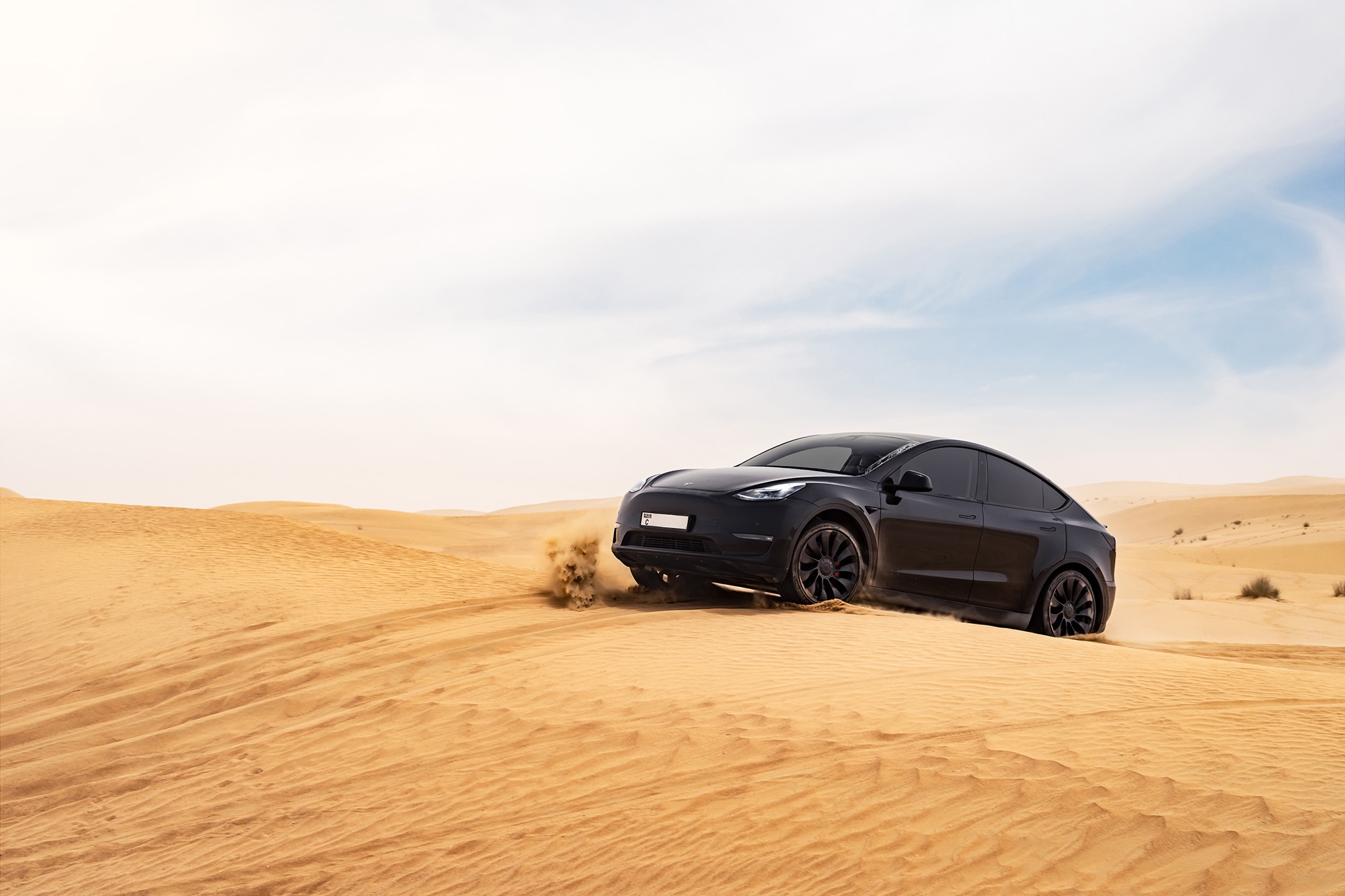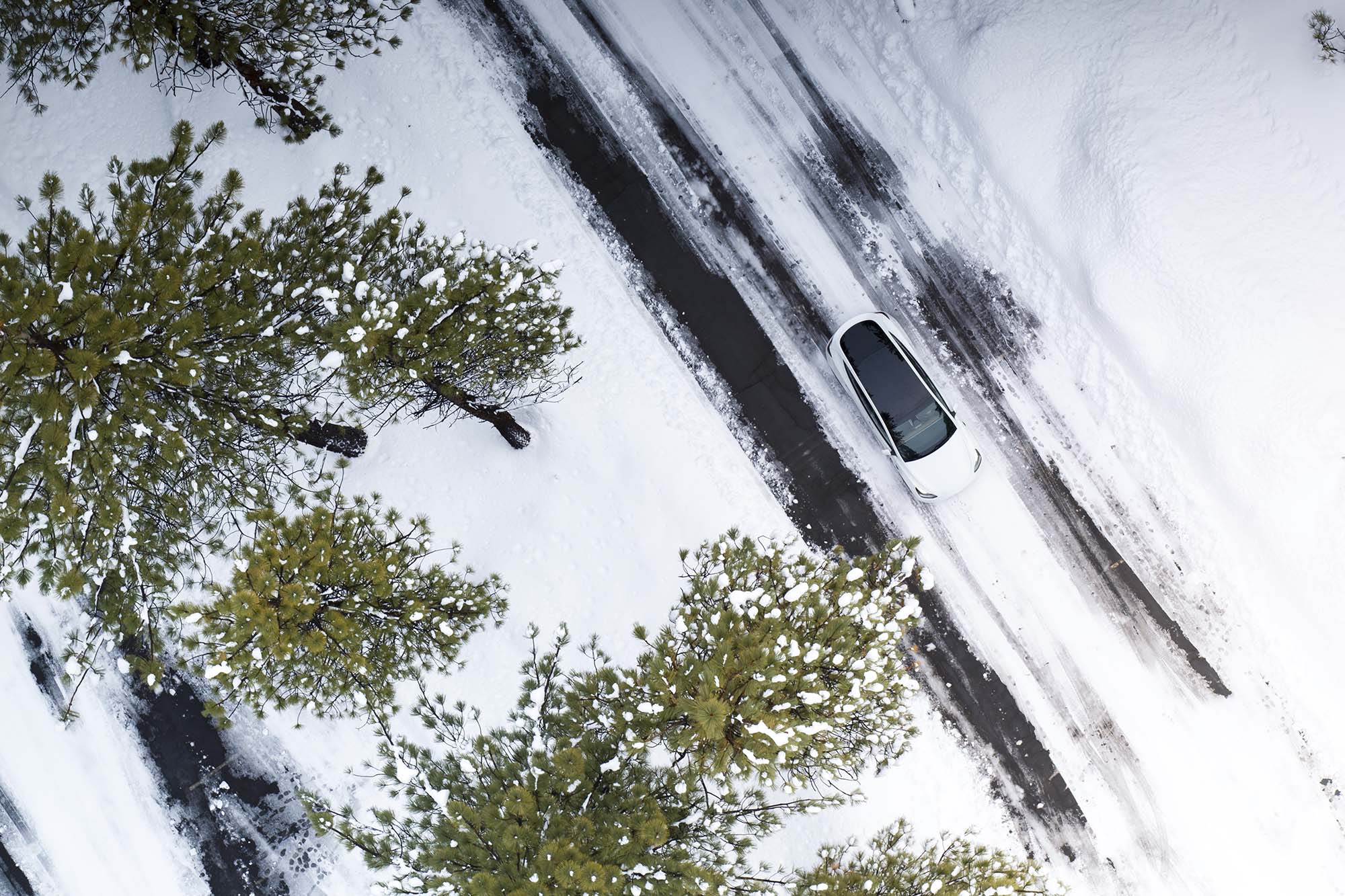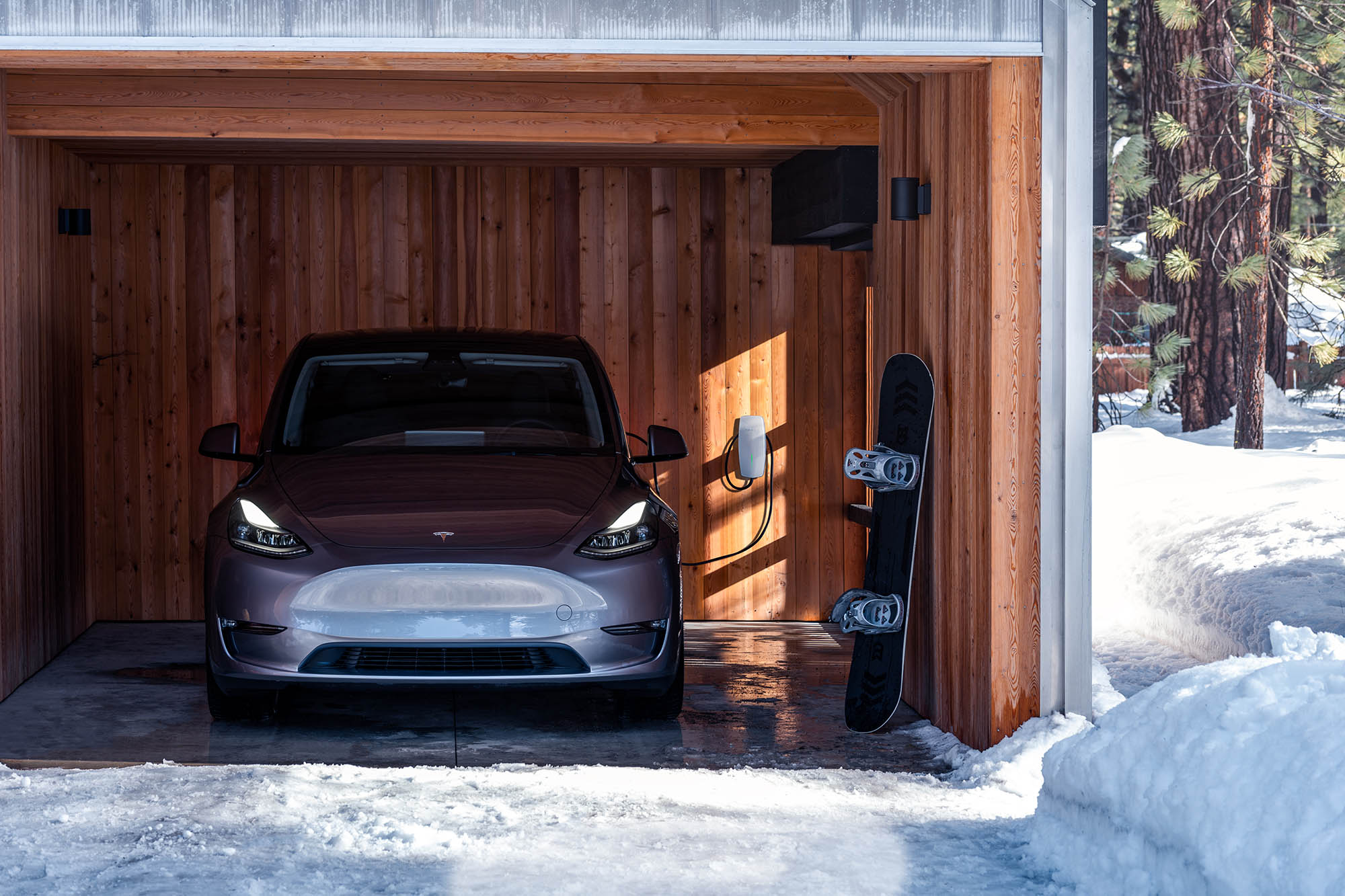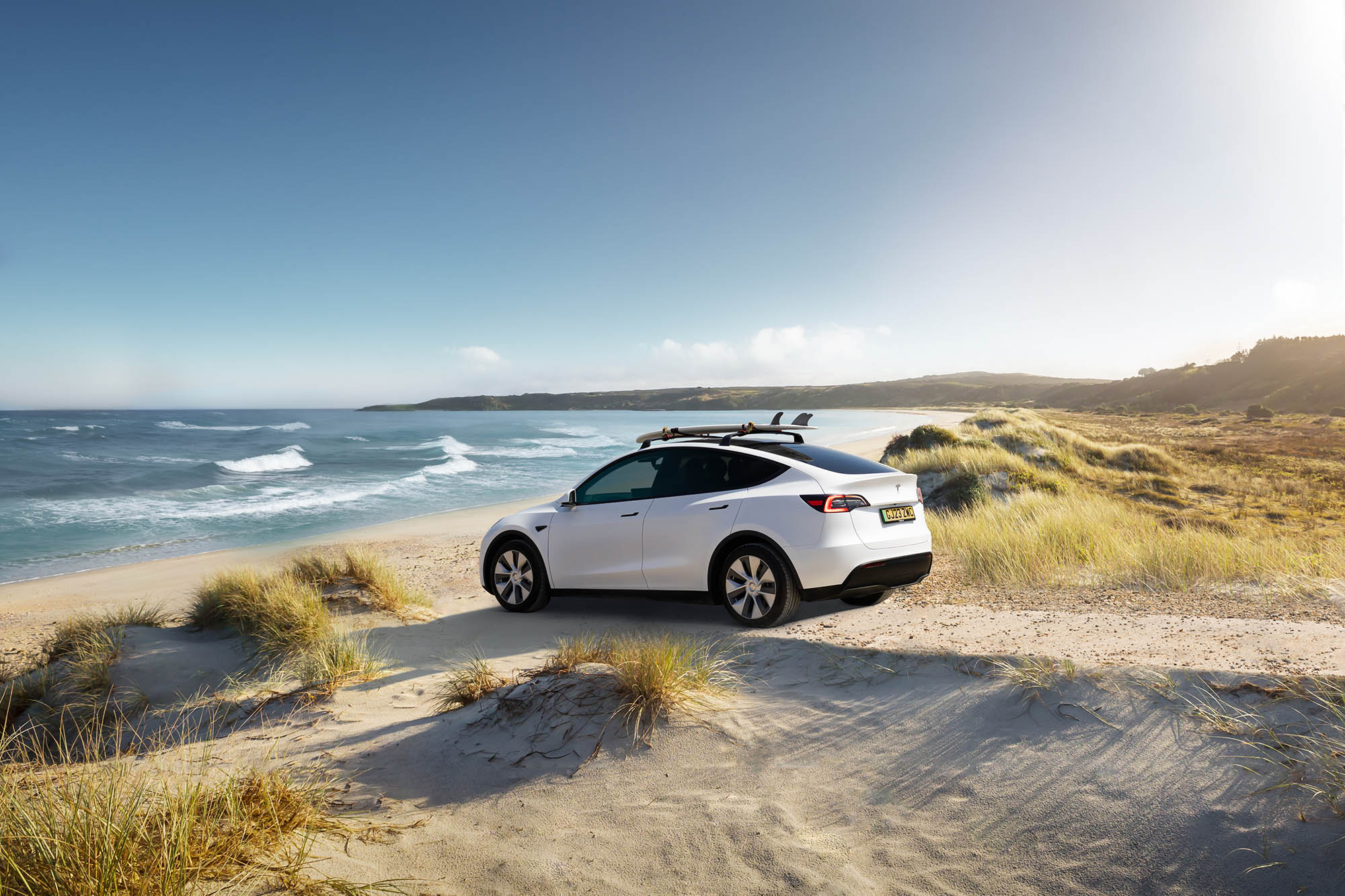Tesla's Slip Start Explained
When the going gets tough, Slip Start keeps the wheels turning.
 Tesla
Tesla
Unless you're looking to lay a patch of rubber in a burnout or do some drifting with your rear wheels spinning out a cloud of smoke, most driving situations turn out better if your tires keep a firm grip on the road.
Even in the highest-powered vehicles, traction-control systems are intended to prevent your wheels from spinning out of control. But there are some situations that actually require a bit of wheel slippage, and in a Tesla, that means using the Slip Start feature to deactivate the traction control.
 Tesla
Tesla
Slip Start for When Wheelspin Is Helpful
Traction control typically cuts power or applies brakes to keep wheels from spinning in low-grip situations to help the driver keep control of the vehicle. If you're trying to get through deep snow, sand, or mud, however, momentum is generally more important than grip.
In these situations where grip is already low, the traction control will try to prevent the wheels from spinning, killing the car's momentum and likely resulting in that vehicle getting stuck. With Tesla's Slip Start activated, tires are allowed to spin, which can help them find grip and maintain momentum.
Starting out on a loose or slick surface can also be challenging if the traction control continuously tries to stop the wheels from spinning. This can be hazardous if the traction control slows your car when you're pulling into traffic. Activating Slip Start can help you avoid this, helping the tires find traction to get the car moving.
 Tesla
Tesla
Slip Start Should Be Activated Only When Needed
Slip Start controls are accessed via a Tesla's main display by touching Controls and then Pedals & Steering. Activating Slip Start from this menu turns off traction control. The screen will display an indicator light letting you know the traction-control system is not operating.
Tesla recommends reactivating traction control by turning off Slip Start once the situation that required it has passed. If this isn't done, however, Slip Start will be turned off automatically on the next drive.
 Tesla
Tesla
Off-Road Assist Adds Additional Traction
Tesla models with dual-motor all-wheel drive have a second option in the Slip Start menu: Off-Road Assist. This feature also turns off the traction control, but it further optimizes traction in loose-grip situations by balancing the torque between the front and rear motors.
The accelerator pedal delivers torque more gradually, which can give the driver better control in situations that require slow and steady throttle, such as rock climbing or navigating a narrow trail. An Off-Road indicator appears in the display when this system is active.
Slip Start and Off-Road Assist will operate at any speed on the Model Y but are disabled at speeds above 50 mph in the Model S and Model X.
Written by humans.
Edited by humans.
 Perry Stern
Perry SternI have loved cars and trucks since childhood, and that fascination with anything that drives is just as strong today. As a teenager, I knew I wanted to become an automotive journalist, and during the past three decades, I have driven, written about, and photographed all manner of automobiles ranging from affordable econocars to exotic supercars. With the idea that there is a perfect car, truck, or SUV for everyone, my goal is to help consumers determine the right one for their wants and needs.
Related articles
View more related articles